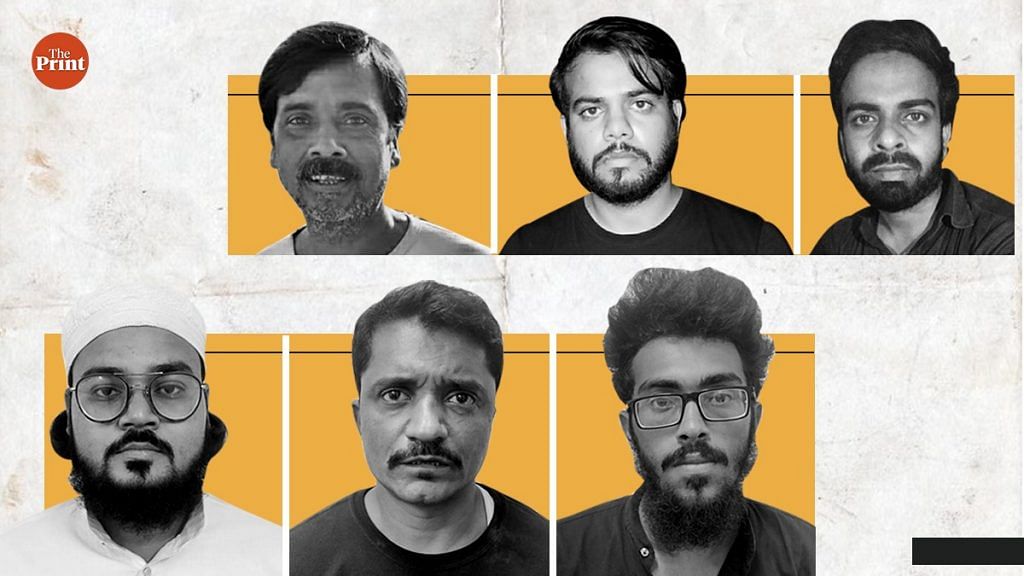New Delhi: The explosives recovered by the Delhi Police Special Cell from six people who were allegedly part of a “Pakistan-orchestrated terror module” were dropped through drones from Pakistan, ThePrint has learnt.
Sources told ThePrint the police suspect links between Tuesday’s recovery of explosives and the arrest of six men — allegedly members of a Pakistan Inter-Services Intelligence (ISI) terror module —and the Punjab ‘tiffin box bomb’ case.
“The explosives were brought into the country through drones, following the same route through Punjab. Further investigation is on, we suspect a link to the tiffin box case,” a senior police officer said.
Last month, ahead of Independence Day, on 8 August, the Punjab Police recovered a tiffin box with an improvised explosive device (IED) from a village in Amritsar. The tiffin box could trigger a blast in three different ways. A sophisticated bomb, the tiffin box had about 2-3 RDX, 5 hand grenades and 100 cartridges .
On Tuesday, the Delhi Police Special Cell arrested six men — Jaan Mohammad Shaikh, Osama, Moolchand, Zeeshan, Mohammad Abu Bakar, and Mohammad Amir Javed. The police alleged the six were part of a nexus between Pakistan, the ISI, and the underworld and were given a 15-day training by the Pakistan military starting 21 April at a farmhouse in Thatta for targeted killings and terror attacks across major cities including Delhi and Mumbai, during the festive season.
Police said that while underworld operative Jaan Mohammad Shaikh was apprehended from near Kota, Rajasthan, on his way to Delhi, Osama and Abu Bakar were apprehended from Delhi’s Jamia Nagar and Sarai Kale Khan, respectively. The other three — Zeeshan, Amir Javed and Moolchand — were apprehended from Allahabad, Lucknow and Rae Bareilly, respectively.
Terror attacks were to take place starting Dussehra
Sources said that once the explosives were dropped off, they were sent via public transport — trains and buses — to a safe house in Gangotri Nagar in Prayagraj, Uttar Pradesh.
“2 pistols 9 mm, 2 kg sophisticated RDX-based IEDs, grenades and cartridges have been recovered. Attempts are being made to trace down other members of the sleeper cell terror module,” the officer quoted above said.
The terror attacks, the police claimed, were scheduled to take place during the festive season, starting Dussehra. “One kilogram of this RDX can kill 100-150 people at once, so the recovered IEDs would have affected around 300 lives. The blasts were to happen at different crowded locations such as malls, markets and Ram Leela-like events at once,” another senior police officer said.
Pramod Kushwaha, DCP Special Cell said the underworld was tasked with the transportation of arms and explosives and terror funding through Hawala channels, and Sameer, an underworld operative and a close contact of Dawood Ibrahim’s brother Anees Ibrahim, had been assigned the role of delivery of the explosives.
The police also alleged that the six men were working under the instructions of Pakistan-ISI and had to recce probable targets locations across states.
Also read: When was Delhi Police founded? What is ‘dus numbri’? Retired IPS officer’s book has the answers
